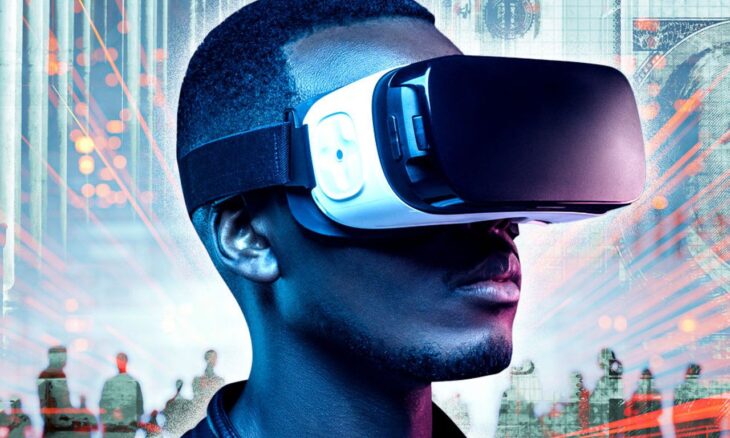Recently, students from the St. Olaf College, partaking in the Virtual Production and Live Performance Collaborative Undergraduate Research and Inquiry (CURI) project, made an entire virtual world in VR. It is an interactive creation where users can immerse themselves and get new experiences.
Three students, namely Inna Sahakyan, Omar Al-Taie, and Emma Michalski, took part in the development project, under the guidance of Todd Edwards, Assistant Professor of Theater, St. Olaf College. They put in effort for a period of 10 weeks, during which they worked on learning how to utilise and perfect VR technologies. Each of them worked on developing their own interactive VR environments.
Using the famed Unreal Engine, the students in the project’s team embarked on a journey of virtual reality asset creation. Unreal Engine is the programme that has found its use in making renowned video games such as Fortnite and backgrounds of shows such as Westworld and The Mandalorian. Before the project started, the students did not use the Unreal Engine, and there was some learning to do for getting familiar with it.
According to Sahakyan, the prospect of creating the virtual reality features seemed to be daunting to those involved. But, she said that it got a lot easier once they put in the effort to learn the application. Sahakyan also remarked that she had fun delving into the features of the software to build up the virtual assets.
Students are not too familiar with virtual reality technology, those from computer science and art backgrounds do have some leverage to start with. Among the three students in the team, Sahakyan and Al-Taie are computer science major students who are keen to tackle problems and are tech-savvy.
According to Al-Taie, adapting to the new technology for VR creation was not a straightforward proposition at first. He hinted that there are many variables to tweak in order to achieve different objectives within the software’s environment. He emphasised that there is a lot of novelty to uncover within it too. Al-Taie said that there are multiple steps to follow and a lot of critical thinking to do for solving problems.
The Unreal Engine has found use in a wide variety of prominent projects, including ones backed by major studios. With the VR project, the main objective is to analyse how the programmes can be used in a simple way, time and again, for arts groups at the community level. The bigger objective is to put the technology to use in the St. Olaf’s live theatre.
The group also made a final version of the project where they brought together their respective virtual worlds, added some live actors, and created a short film. The film shows one of the actors, Matthew Humason, entering into several virtual worlds through VR technology. There are several settings and scenes to explore, including natural ones with other people around in the virtual space.
Despite the many challenges faced by the students during the VR development phase, the technology is being seen as something that can contribute to education and community building.




